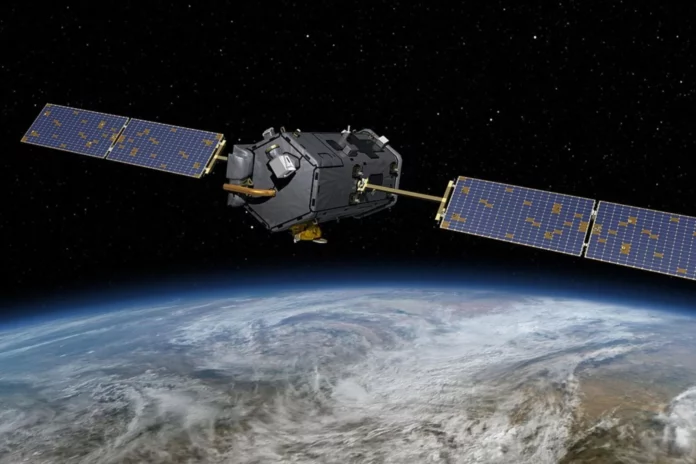The Trump administration’s budget proposal for fiscal year 2026 could deal a serious blow to NASA’s scientific activities. Two satellite missions that are in danger of being canceled have provided climate scientists, oil and gas companies, and farmers with important data on the carbon content of the atmosphere for many years.
Orbiting carbon observatories are a pair of instruments that map carbon in the atmosphere on a global scale. NASA launched OCO-2 in 2014 and installed OCO-3 on the International Space Station in 2019. Trump’s budget proposal jeopardizes both missions, but the autonomous OCO-2 would be completely destroyed during its reentry into Earth’s atmosphere. Although the budget has not yet been passed, NPR reports that NASA scientists working on the OCO missions are already developing “Phase F” plans – essentially identifying options for ending the missions.
David Crisp, a former NASA scientist who designed the satellites and managed the missions through 2022, told NPR that NASA staffers developing these plans have asked him for help. “They were asking me very pointed questions,” Crisp said. “The only thing that could have prompted them to ask those questions is that someone had ordered them to develop a plan to end operations.”
Three other scientists and two current NASA employees, who wished to remain anonymous, also confirmed to NPR that the agency is planning to end the missions. Congress has already allocated funding for both satellites through the end of the 2025 fiscal year, NPR reports. It could still decide to extend funding through 2026, but that remains to be seen. In July, Democrats in Congress warned acting NASA Administrator Sean Duffy not to end congressionally funded missions, a sign that they may try to save OCO.
Decommissioning these satellites would mean a significant scientific loss. OCO-2 and OCO-3 detect carbon dioxide in the atmosphere using spectrometers that detect the wavelengths of light absorbed by CO2 molecules. NASA developed them to improve monitoring of human-caused carbon emissions and changes in the natural carbon cycle, and they have undoubtedly done a good job.
According to NASA’s Jet Propulsion Laboratory, OCO-2 data has helped scientists quantify how natural carbon sinks, such as forests and oceans, offset carbon dioxide emissions, as well as how carbon sinks can become sources of carbon emissions due to drought, deforestation, or wildfires. The instrument has also provided valuable information on carbon dioxide emissions in cities and provided data that supported the Paris Agreement.
But that’s not all. Shortly after the satellite was launched, NASA realized that it could also measure plant growth, according to JPL. It does this by detecting the “glow” that plants emit during photosynthesis. When plants absorb sunlight to convert carbon dioxide and water into energy, their chlorophyll – a light-absorbing pigment – emits some unused photons, JPL explains. This creates a faint glow called solar fluorescence, and OCO-2 can detect it. This data helps farmers and agricultural scientists estimate yields, monitor droughts, and more.
If Trump’s budget is passed, it will mean the end of OCO-2, but there is hope for OCO-3. NASA is looking for partners among institutions and companies willing to take on the costs of maintaining this ISS instrument. Currently, like many other American climate and environmental research programs, the future of both Earth observation satellites remains uncertain.









